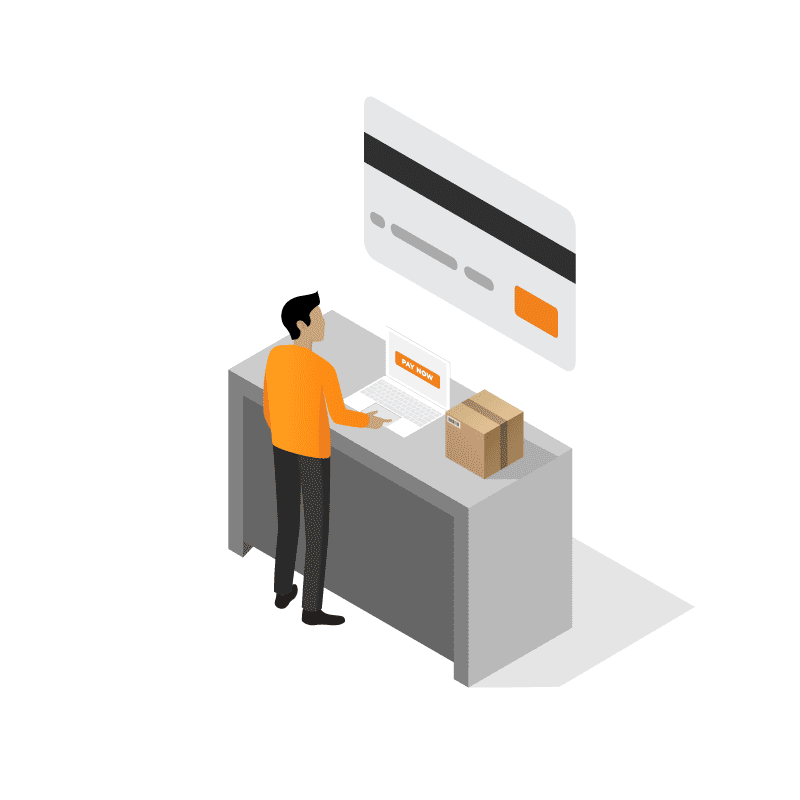Online shopping has come a long way! It has ingrained itself as an indispensable part of our lives. Ecommerce trends over the past few years have created consumers who are accustomed to orders being delivered to their doorsteps at breakneck speed. But newer ecommerce trends show a shift in where consumers place value.
According to a recent article by The Wall Street Journal, the race for fast delivery in the ecommerce shopping world is slowing down. Other priorities are replacing it.
The perceived need for speed
Ecommerce leaders were categorized as leaders because of their assortments and fast deliveries. But, as the article points out, as many as 85% of consumers are not opening their packages for several days after receiving them.
Urgent delivery is giving way to more sustainable and convenience-based alternatives. Consumers are showing more willingness to wait. They are now prioritizing certainty over speed.
Let’s explore how these new customer preferences are reshaping the ecommerce landscape.
The shift to sustainability and convenience
As the priority for fast delivery declines, consumers are prioritizing environmental concerns and convenience in their ecommerce decisions. In the last year, customers that preferred same-day or next-day shipments decreased from 18% to 10%. This ecommerce trend has several noteworthy considerations as providers respond to this new consumer-centric supply chain:
- Environmentally friendly delivery options: Retailers are focusing on reducing their carbon footprints and offering sustainable shipping options. This may mean sacrificing delivery speed to use eco-friendly packaging materials and consolidate shipments. The trade off is reduced emissions and a lower environmental impact.
- Scheduled deliveries: Consumers can now choose a specific day or time window for their package’s arrival. They ensure they are at home to receive it and some sellers offer a credit for choosing this option. This approach eliminates the need for multiple delivery attempts while reducing the environmental impact of missed deliveries.
- Delivery certainty through accurate communications: Consumers are placing a high value on delivery consistency, requiring transparent, timely communication about shipment processing. Retailers are investing in improved order tracking systems, proactive notifications, and responsive customer service to provide accurate delivery times and updates.
- Electric vehicle delivery upcharge: Some retailers and logistics companies are offering customers the option to pay an additional fee to have their packages delivered via electric vehicles. This eco-conscious option allows consumers to directly reduce carbon emissions while still enjoying the convenience of home delivery
- Cost is still a factor: In addition to changing consumer preferences, the cost of rapid order fulfillment has steadily risen. Smaller businesses find it more and more difficult to absorb these costs without passing them to customers.
To maintain profitability and avoid alienating consumers, many retailers have opted to slow down delivery speeds and have become more transparent with customers about the financial and environmental impact of fast order fulfillment.
What’s next?
As ecommerce trends evolve, supply chains must adapt to changing consumer preferences. Businesses can offset the need for speed by prioritizing order management software technologies that support sustainability and optionality. This drives a two-fold advantage: not only finding ways to reduce the environmental impact, but also reducing overall costs.
Slowing down order fulfillment via intelligent order management marks a significant shift in the industry. As environmental concerns grow and labor shortages and supply chain disruption continues, consumers and supply chains must adapt.
